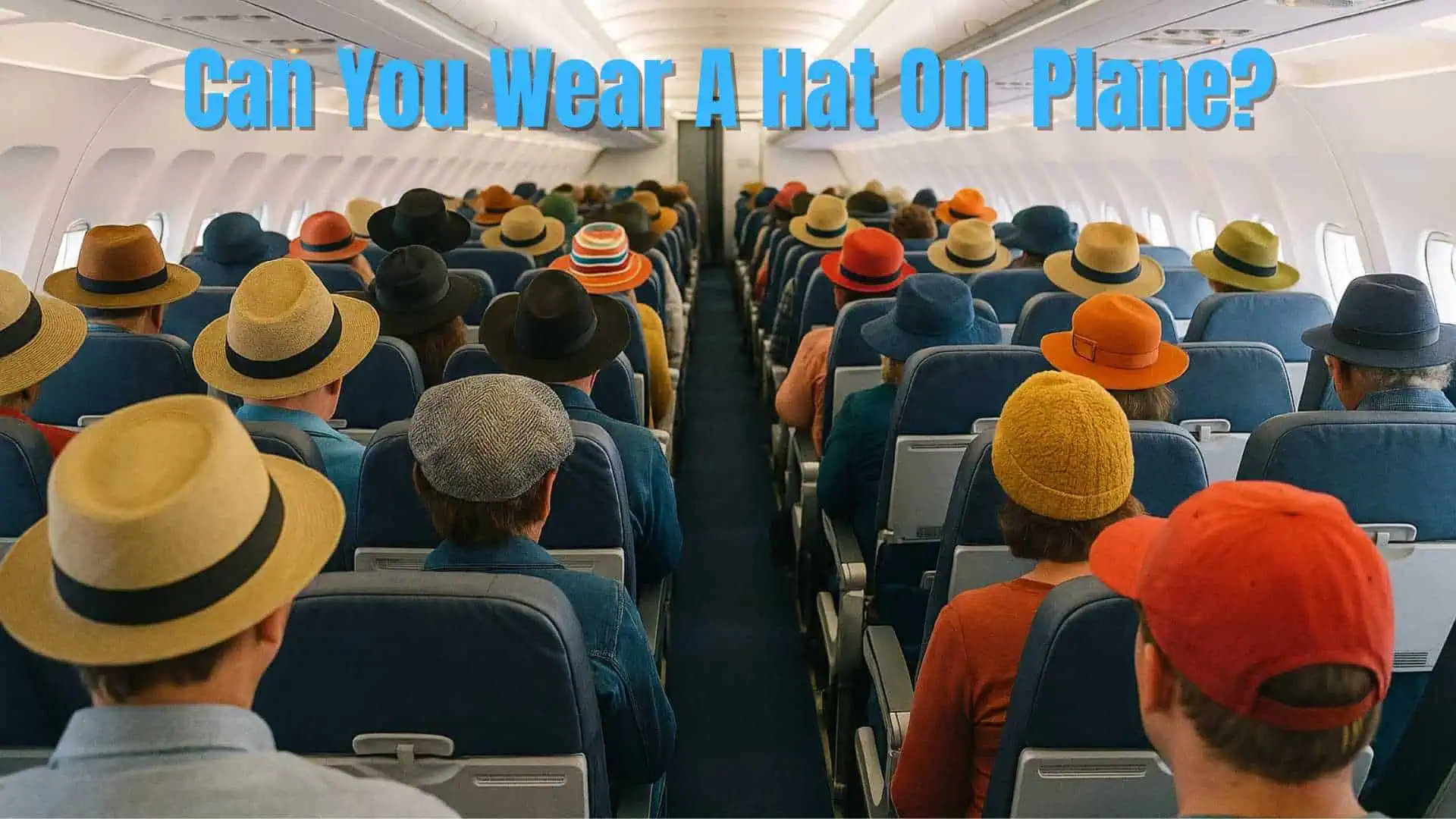Have you ever felt anxious about getting to your airport gate on time? You’re not alone. A new trend called “gatexiety” is making waves among travelers.
This feeling of worry stems from uncertainty about when to arrive at the airport and how long it will take to reach the gate.
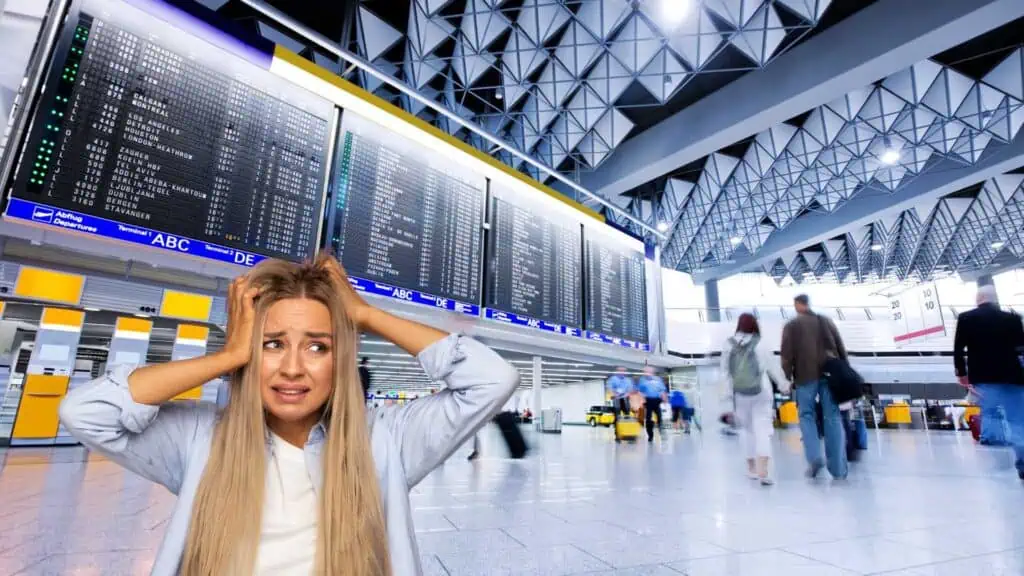
Gatexiety is real and affects many people who fly.
It can lead to behaviors like constantly checking boarding passes or rushing to the gate as soon as possible. Some travelers even develop rituals to cope with their nervous energy.
Air travel can be stressful for various reasons. Worries about checked bags, security lines, and flight delays add to the mix. Gatexiety is just one more way anxiety can pop up during a trip. But don’t worry – there are ways to manage these feelings and make your airport experience smoother.
Contents
Understanding Gatexiety
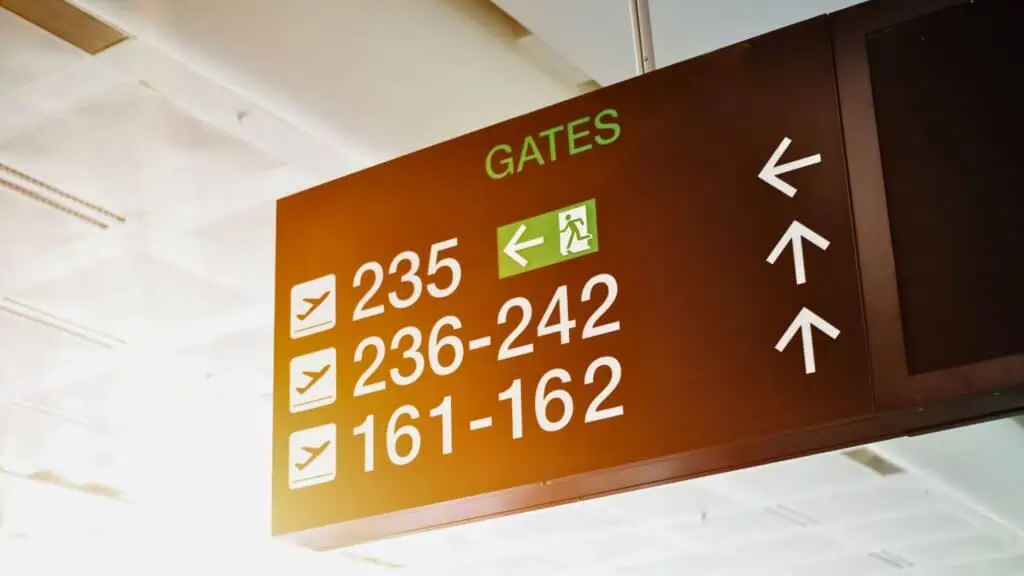
Gatexiety is a new term for an old feeling many travelers experience. It refers to anxiety about finding the right airport gate for a flight. This worry can start even before arriving at the airport.
People with gatexiety often check their gate repeatedly. They may look at airport screens or their phone apps many times. This behavior aims to ease nerves and feel more in control.
I would say my wife suffers from gatexiety to some extent. She has to get everywhere early “just in case.”
Experts say gatexiety stems from a fear of missing flights. It can also come from feeling overwhelmed in busy airports. Some travelers develop rituals to manage these feelings.
Common signs of gatexiety include:
- Arriving extra early to the airport
- Constantly checking flight information
- Feeling restless or on edge at the gate
- Worrying about being in the wrong place
Travel pros suggest some ways to reduce gatexiety:
- Check-in online before leaving home
- Set alarms for essential travel times
- Use airline apps for real-time updates
- Take deep breaths to stay calm
Gatexiety affects many people, but it doesn’t have to ruin trips. Understanding these feelings can help travelers enjoy smoother, less stressful journeys.
The Airport Environment and Anxiety Triggers
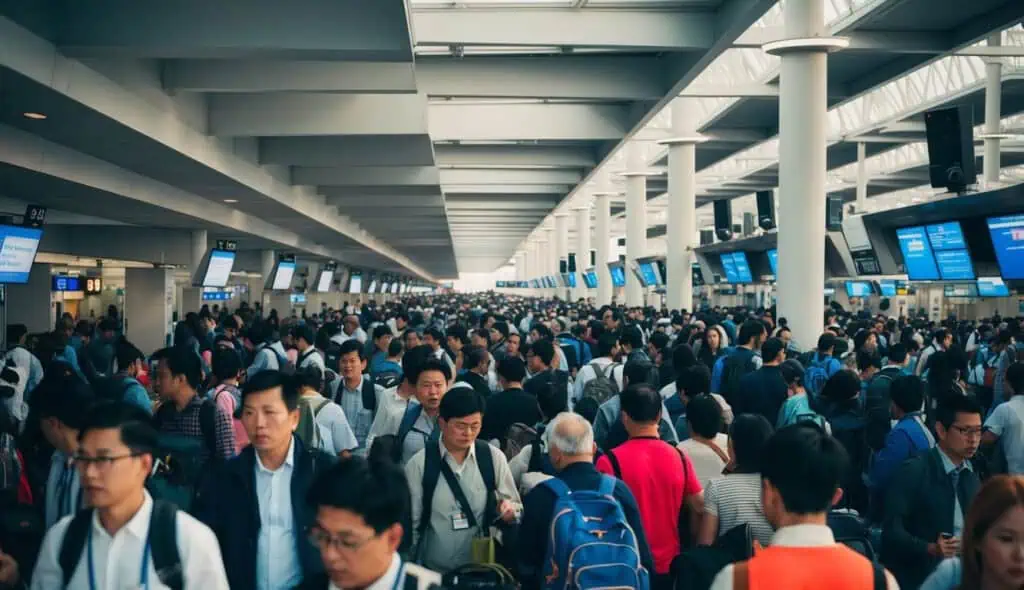
Airports can be stressful places for many travelers. The busy atmosphere, security procedures, and time pressures often lead to feelings of anxiety, which can trigger a range of emotional responses in passengers.
Security Measures and Their Impact
Airport security has become more strict over the years. Travelers must go through metal detectors and body scanners, remove shoes and belts, and handle laptops and liquids with special care. These steps can make people feel rushed and exposed.
The Transport Security Administration (TSA) tries to keep lines moving but waits can still be long during busy times, adding to the stress of making a flight on time.
Some travelers worry about being singled out for extra screening. This fear can increase anxiety, even for those who have nothing to hide.
The Psychology Behind Airport Arrival and Departure
Getting to the airport can be nerve-wracking. Traffic jams and parking troubles may cause delays. This can lead to a race against the clock to reach the gate.
Once inside, the hustle and bustle can be overwhelming. Loud announcements and crowds of people create a chaotic feel. This environment can make it hard to relax or focus.
Many people experience a sense of lost control at airports. They can’t predict how long security will take, and flight delays or gate changes may pop up at any time. These unknowns often lead to constant checking of boarding passes and screens.
Planning for a Stress-Free Journey
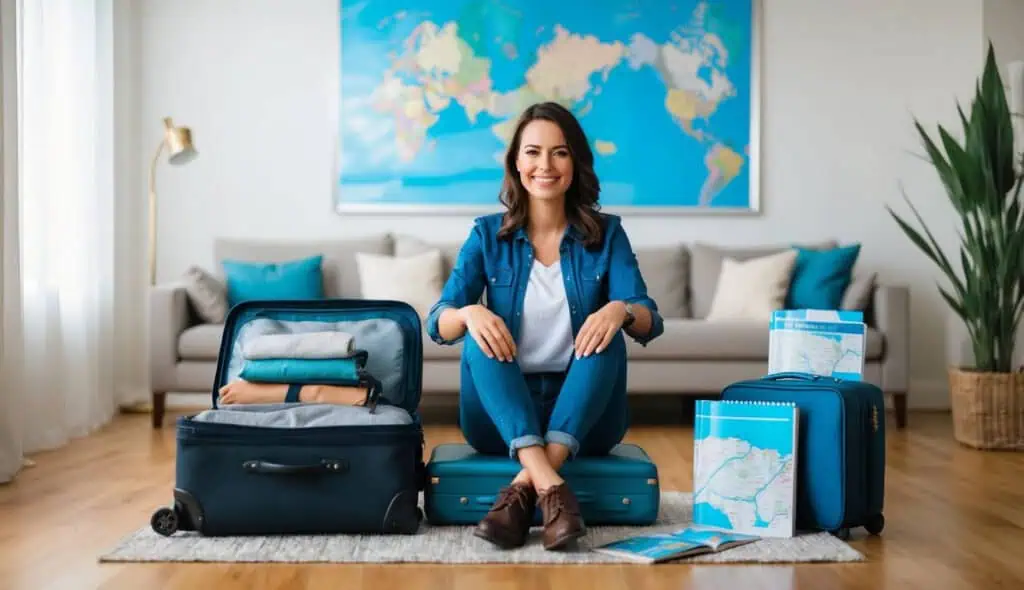
Getting ready for air travel can be tricky. A few simple steps can make your trip go smoothly. Consider how to pack smart and stay on top of any flight changes.
Creating Your Packing List
A good packing list is key for easy travel. Start by writing down all the items you need. Group things by type, like clothes, toiletries, and electronics. Don’t forget essentials like your passport and boarding pass.
Pack light to avoid heavy bags. Roll clothes to save space. Put liquids in a clear bag for security checks. Keep important items in your carry-on.
Use a checklist app or paper list to track what you’ve packed. Cross items off as you go, helping to ensure you don’t forget anything.
Anticipating Flight Changes
Flight schedules can change quickly. Stay informed to avoid stress. Download your airline’s app for real-time updates. Check your flight status often, starting the day before you travel.
Sign up for text or email alerts about your flight. This way, you’ll know immediately if there are delays or gate changes.
Have a backup plan in case of big changes. Know your options for other flights. Keep your airline’s contact info handy.
Arrive at the airport early. This will give you time to deal with any last-minute issues and help you feel more relaxed as you wait to board.
Techniques for Alleviating Gatexiety

People can take simple steps to ease airport stress. Some actions don’t require a doctor’s help, while others use airport services. These tips can help travelers feel more relaxed at the gate.
Nonclinical Actions to Reduce Stress
Deep breathing is a quick way to calm down. Travelers can take slow, deep breaths while waiting in line or sitting at the gate. Positive self-talk also helps. Saying “I can handle this” or “Everything will be fine” can boost confidence.
Getting to the airport early is smart. This gives extra time to find the gate without rushing. Having a clear plan for bags is good too. Knowing what to pack and where it goes cuts worry.
Exercise before a flight can help. A brisk walk through the terminal gets blood flowing. Listening to calm music or using meditation apps may soothe nerves as well.
Utilizing Airline and Airport Resources
Many airports have quiet areas or yoga rooms. These spaces offer a peaceful break from noise and crowds. Some even have gardens or art exhibits.
Airline apps give real-time updates on gates and flight status. Checking these can prevent surprises. Airport maps on phones or paper help navigate to gates easily.
Customer service desks can answer questions and ease worries. The staff there know the airport well and can offer tips. Some airlines have lounges where flyers can relax before boarding.
Signing up for pre-check or global entry can speed up security, meaning less time in stressful lines. Many airports also have therapy dogs for petting, which can calm nervous flyers.
Timing Your Airport Arrival
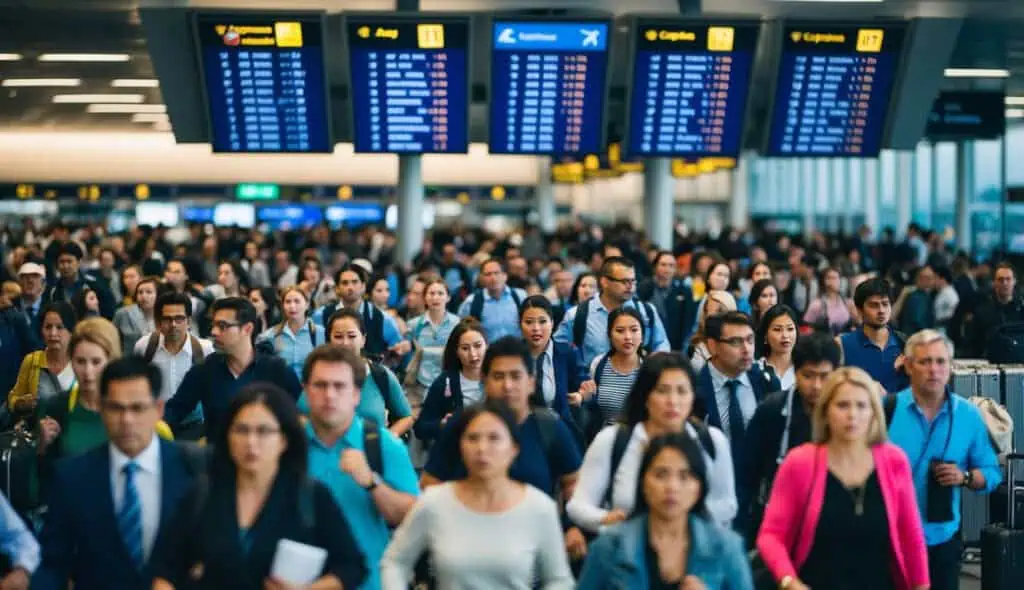
Getting to the airport can be stressful. Many people worry about missing their flight. This leads them to arrive super early.
The common advice is to get there 2 hours before a domestic flight and 3 hours for international trips. But is this needed?
It depends on a few key factors:
- Airport size and busyness
- Time of day
- Whether you’re checking bags
- If you have TSA PreCheck
For small airports during off-peak times, 1 hour may be plenty. Larger airports often need more time, especially during busy travel periods.
Here’s a general guide:
| Flight Type | Recommended Arrival Time |
|---|---|
| Domestic | 1.5 – 2 hours |
| International | 2.5 – 3 hours |
These times allow for check-in, security, and finding your gate. It’s better to have extra time than to rush.
Travelers can check current security wait times online, which helps them plan their arrival more accurately. Some airports even have apps with real-time updates.
Remember to factor in time to park or navigate airport transportation. Being too early is better than cutting it close and feeling stressed.
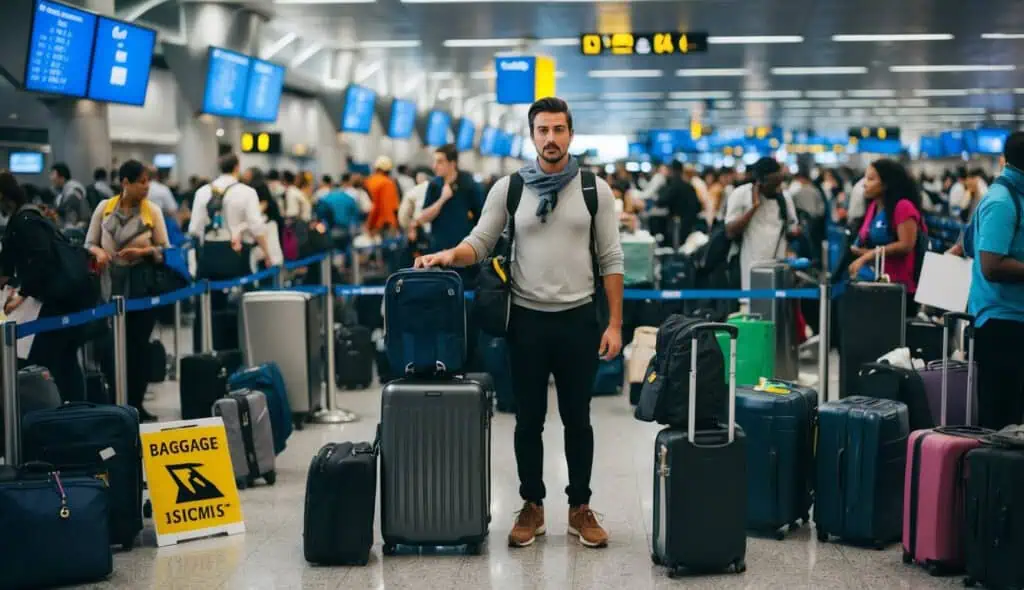
Air travel can be unpredictable. Delays and technical issues pop up from time to time. Being ready for these bumps in the road can make your trip smoother.
Managing Unexpected Delays
Flight delays happen for many reasons. Bad weather, air traffic, and crew problems can all cause setbacks. Stay calm if your flight gets pushed back.
Check the airline’s app or airport screens for updates. Ask the staff at the gate for more info. They can tell you why there’s a delay and how long it might last.
Use your waiting time wisely. Grab a snack, charge your phone, or catch up on work. Some airports have excellent shops or art to check out.
If you miss a connection, talk to airline staff right away. They can help you find a new flight. Remember, delays are annoying but usually work out in the end.
Handling Aircraft Malfunctions
Planes are complex machines. Sometimes, they need fixing before takeoff. This can be scary, but it’s all about safety.
If crew members spot an issue, they’ll let you know and might ask everyone to leave the plane. Don’t worry—this is normal and keeps you safe.
The airline will work to fix the problem or find a new plane. You might have to wait a bit longer. If you’re worried about missing plans, ask staff about your options.
While waiting, stay near your gate for updates. The crew will tell you what’s happening and when you can board again. Remember, it’s better to fly late than on a faulty plane.
Essential Travel Tips for a Smooth Experience
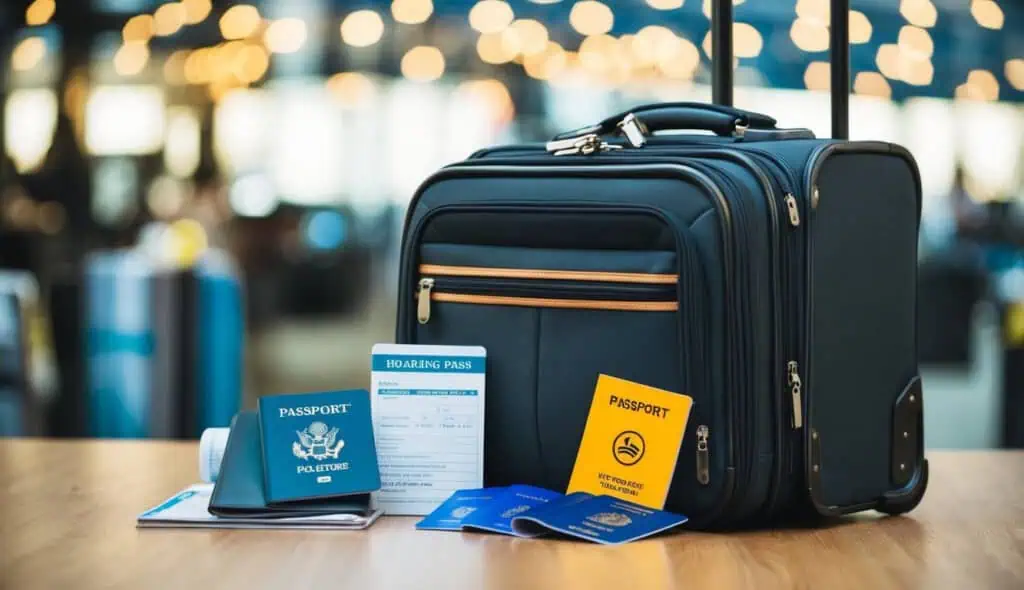
Arriving early at the airport can make a big difference. Travelers should aim to arrive at least two hours before domestic flights and three hours for international trips.
Packing light helps reduce stress. Using a carry-on bag instead of checking luggage saves time and prevents lost baggage worries.
Making a packing list is smart. It ensures nothing important gets left behind and keeps things organized.
Comfortable clothes and shoes are key for a pleasant journey. Layers work well since temperatures can vary in airports and planes.
Bringing snacks is always a good idea. Airport food can be pricey, and having familiar treats on hand is comforting.
Staying hydrated is crucial. Empty water bottles can be filled after security, saving money and keeping travelers refreshed.
Having all travel documents ready makes things smoother. Passports, boarding passes, and IDs should be easily accessible.
Downloading airline apps provides real-time updates. Gate changes and flight delays are easier to track this way.
Planning for entertainment helps pass the time. Books, tablets, or noise-canceling headphones can make long waits more enjoyable.
Being kind to airport staff goes a long way. A smile and polite attitude can make the whole experience more pleasant.
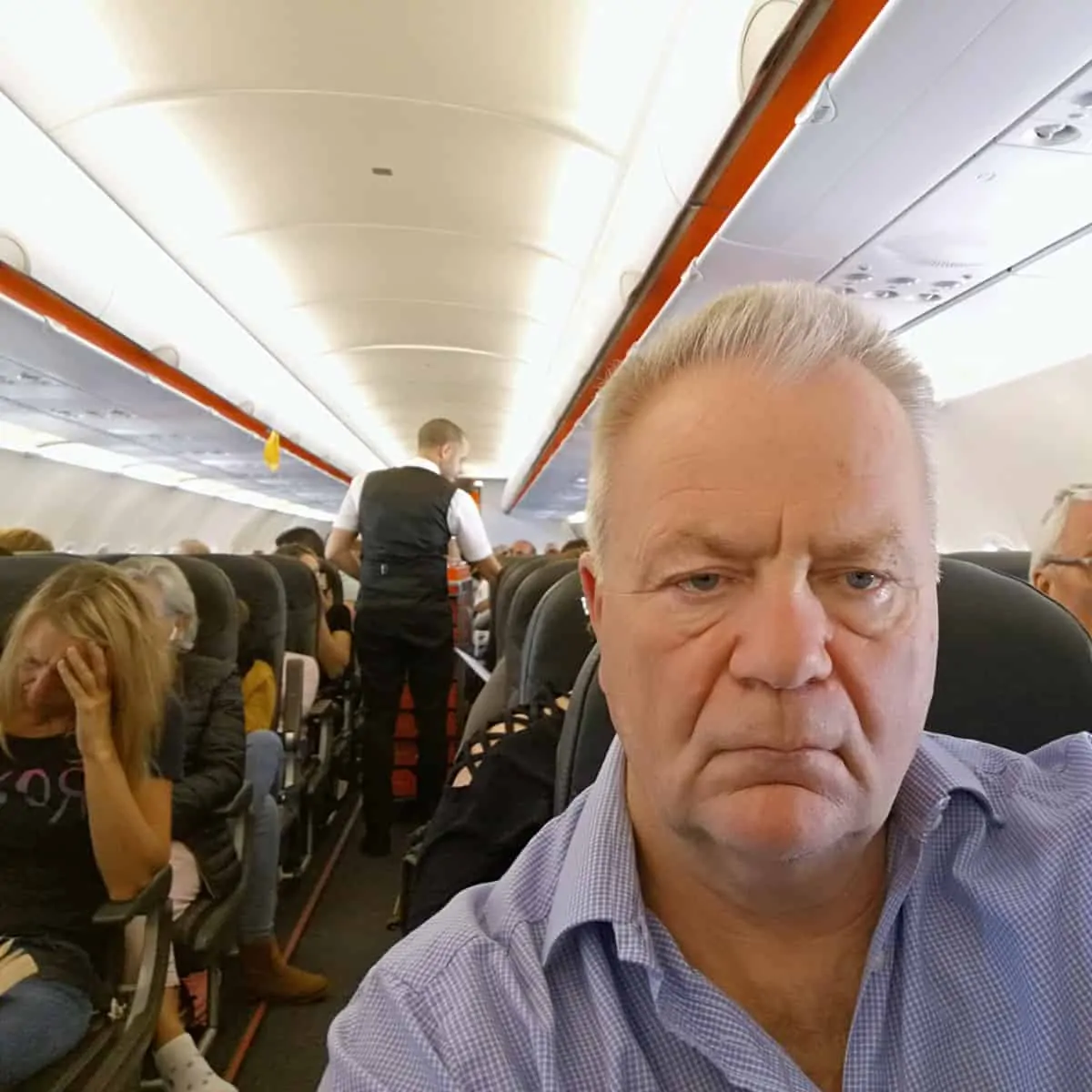
I have been traveling around the world by air since the early 70s and living overseas too. I worked for British Airways for a number of years and I am also a private pilot. About Me
